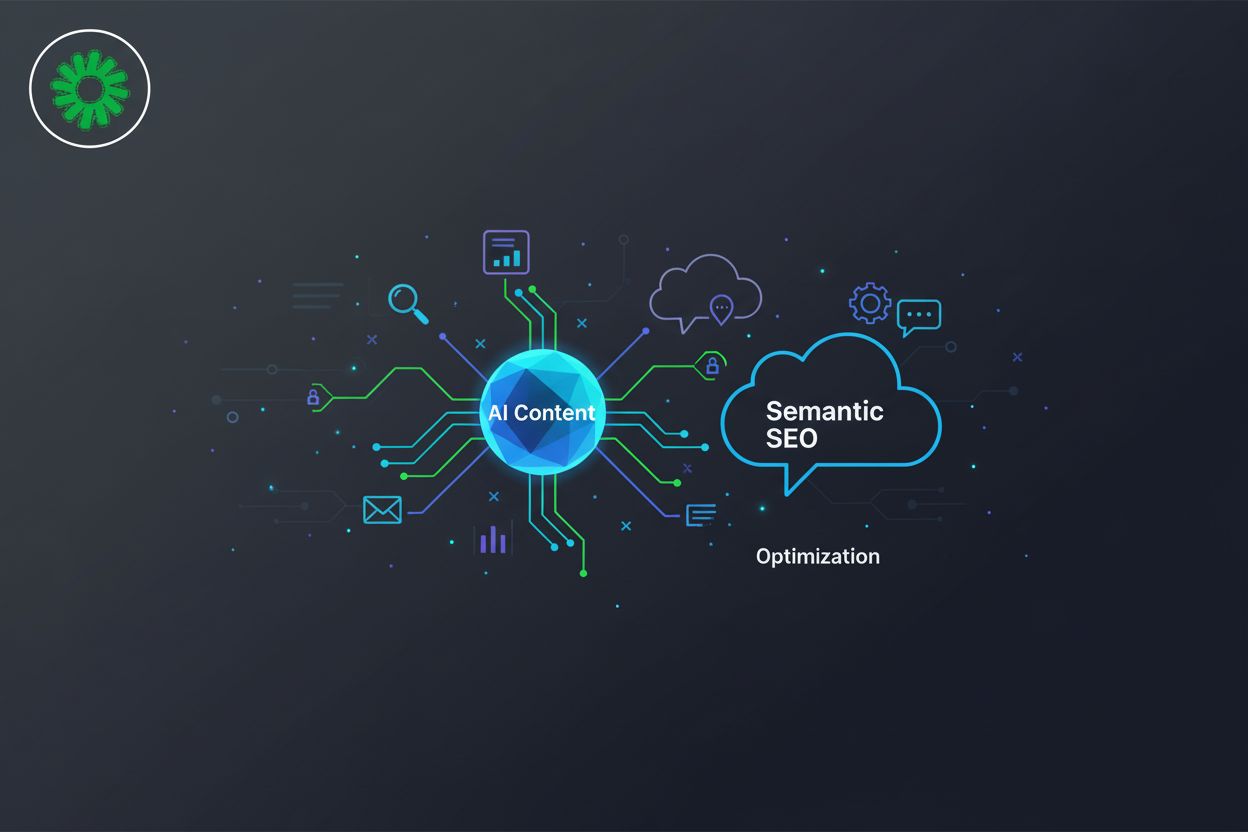Adaptive Learning Platforms for AI Writing Skill Development
TL;DR
Writing is no longer just about grammar and style — in today’s world, we often interact with and alongside AI systems. To develop strong AI-writing skills (i.e. writing that is human-oriented, resistant to detection as “AI writing,” and flexible in style and tone), students and professionals can benefit from adaptive learning platforms. These platforms tailor instruction dynamically based on learner behaviors, gaps, and strengths.
In this article, we’ll explore:
What adaptive learning means in the context of writing
Key design principles for AI-writing skill platforms
Existing platforms and tools
Challenges and best practices
Future directions
What Does “Adaptive Learning” Mean for Writing?
Adaptive learning refers to systems that dynamically adjust content, pacing, scaffolding, and feedback to suit an individual learner’s needs. Rather than a fixed sequence of lessons, the platform monitors performance data and intervenes with remediation, enrichment, or alternate pathways. Paradiso Solutions+2Connecting Education+2
In the case of writing, adaptive systems can:
Detect weaknesses in grammar, coherence, structure, vocabulary, or tone
Offer focused micro-lessons (on clauses, transitions, voice, etc.)
Provide scaffolded prompts or hints (e.g. “rephrase this transition”)
Grade or assess iteratively and calibrate difficulty
Suggest peer models or exemplars at the learner’s level
Adjust writing assignments (topics, lengths) to fit learner readiness
When fused with AI (e.g., large language models, feedback agents, generative components), adaptive systems can become more responsive and predictive.
A recent paper proposes human-in-the-loop systems where students explicitly critique or tag AI responses; the system then adapts future outputs based on that feedback, embedding the student deeply into the training loop. arXiv This approach is promising for writing, because writing is inherently iterative and reflective.
Another model called Script&Shift explores a “layered interface” approach, where writers switch between control over content and rhetorical strategy, with the system adapting to their writing trajectory. arXiv
Thus, adaptive writing platforms are not just “automated tutors” — they are co-creative environments that evolve with learners.
Design Principles for Effective AI-Writing Platforms
To build or select an adaptive platform targeting AI-writing skills, the following principles should guide design:
| Principle | Why It Matters | Implementation Examples |
|---|---|---|
| Granular diagnostics | Writing skills are multifaceted (grammar, structure, tone) | Tagging errors by type (grammar, coherence, transitions, etc.) |
| Scaffolded support | Learners need guidance before independence | Hints, mini-lessons, partial rewrites |
| Learner control & transparency | Users should know why suggestions are made | “Explain this edit,” “undo AI suggestion” |
| Adaptive pacing & branching | Different learners progress at different speeds | Easier vs. challenge routes, repeat weak modules |
| Iterative feedback loops | Writing improves through revision cycles | Compare drafts, versioning, progressive feedback |
| Human oversight | Teachers and peers ensure balance and depth | Teacher dashboards, peer review, checkpoints |
| Avoid AI detection triggers | Humanized writing avoids being flagged as “AI” | Encourage rewrites, diverse voice, context-sensitive tone |
| Data privacy & ethics | Writing is personal; protection is essential | Encryption, user data control, minimal logging |
Existing Platforms & Tools
Below are several notable tools and platforms that already incorporate adaptive or AI-powered features for writing. They may not be fully “adaptive learning platforms” in the purest sense, but they illustrate useful elements.
Khanmigo (Khan Academy)
Khanmigo acts as an AI writing coach and tutor, providing on-demand support. It is designed to guide students in discovering answers rather than simply giving them. Khanmigo Because it is embedded in an educational organization, it shows how AI coaching can be integrated in scaffolded curricula.
Packback / Pressto
These platforms focus on supporting student writing — Packback emphasizes an iterative writing process, with AI feedback on grammar, structure, flow, and research quality. Computer Science Teachers Association While not fully adaptive in all respects, they illustrate the role of AI feedback engines in shaping writing.
Quill.org
Quill provides interactive writing and grammar activities, primarily for K–12 learners. quill.org It does not offer full LLM-based generation but demonstrates how adaptive exercises can support foundational writing skills.
Read&Write (by Texthelp)
This is more of a literacy support tool with features such as text-to-speech, reading aloud, vocabulary support, proofreading, etc. Texthelp In an adaptive writing platform, such assistive features may form a layer of scaffolding for weaker writers.
Grammarly & AI Agents
Though more widely known as a writing assistant, Grammarly has introduced AI agents (e.g. “AI Grader,” “Proofreader,” etc.) embedded into its platform to provide contextual help without requiring users to craft prompts manually. The Verge+1 These agents hint at a hybrid future: writing support and feedback that adapts to a user’s style and needs.
Challenges, Pitfalls & Best Practices
Designing or adopting such platforms comes with caveats. Below are common challenges and recommended practices:
1. Overreliance on AI / loss of writer’s voice
Challenge: Learners may overaccept AI suggestions and lose authentic voice or depth.
Approach: Always include “explain suggestion,” require learners to rewrite suggestions, or ask justification steps.
2. Gaming the system
Challenge: Users may find loopholes or exploit predictable feedback loops to “beat” the system.
Approach: Regularly update prompts and feedback logic, use randomness, and cross-check outputs manually.
3. Feedback latency or fatigue
Challenge: Delays in feedback or too much correction can discourage learners.
Approach: Balance between micro-feedback and holistic review; set thresholds (e.g. only flag top 2–3 issues per pass).
4. Calibration of difficulty
Challenge: Some learners may get stuck; others get bored.
Approach: Use branching logic and “skip or challenge” options to let learners choose difficulty.
5. Ethical, fairness, and bias issues
Challenge: AI models may carry biases (e.g. favor certain styles, dialects).
Approach: Use diverse training corpora, review flagged biases, allow user customization, include alerts about sensitive content.
6. Privacy & data security
Challenge: Learners’ writing may contain personal or sensitive content.
Approach: Use encryption, permit opt-out, anonymize data, follow data protection norms.
7. Integration with human instruction
Challenge: AI cannot replace human judgment, especially in writing nuance.
Approach: Design the system to support teachers and peers, not replace them — e.g. teacher dashboard, intervention suggestions.
When deploying in educational settings, pilot phases, ongoing evaluation, and feedback loops with real users are essential. The human element (teachers, mentors) must retain oversight and adapt curriculum accordingly.
Future Directions & Research
Hybrid human + AI loops: The human-in-the-loop model (where learners annotate or critique AI-generated text) is promising for deeper metacognitive learning. arXiv
Context-aware adaptation: Future systems may consider learner’s domain (e.g. technical writing, fiction, marketing) and adapt style accordingly.
Multimodal writing support: Integration with audio, visuals, or speech interfaces to support planning, narration, or drafting.
Explainable feedback models: Rather than black-box suggestions, future platforms might show derivations, alternatives, and reasoning paths.
Peer group adaptation: Systems may adapt not just to individuals, but dynamically foster peer collaborations and comparative progression.
Continuous model updating: Systems that evolve based on aggregate anonymized usage (with consent) to avoid stagnation.
Conclusion
Adaptive learning platforms tailored for AI-writing skill development represent a powerful direction for education and professional growth. When designed well — with scaffolding, transparency, human oversight, and continuous feedback loops — they can help learners internalize strong writing habits, develop voice, and collaborate with AI rather than becoming overdependent.





